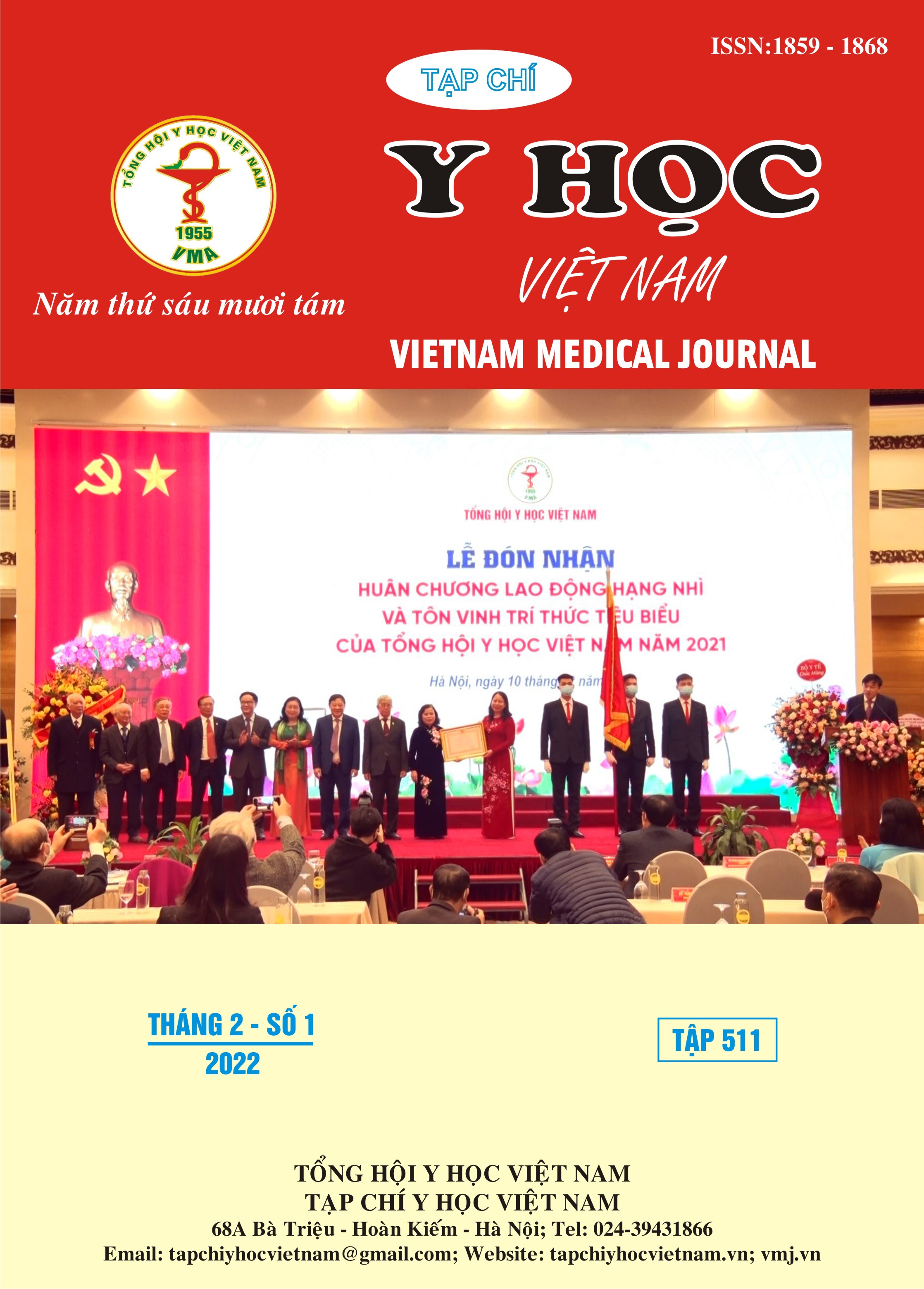THE RESULT OF LATE COMPLICATION TREATMENT OF BLUNT HEPATIC INJURY
Main Article Content
Abstract
The proportion of conservertive treatment of liver injury is more than 80,0% up to now and the late complications post conservertive surgery and conservertive treatment of hepatic injury such as: Persistant bleeding, bile fistula, bile peritonitis, hepatic necrosis, bilome, intra abdominal compartment syndrome (IACS) happen with high proportion. However the methode of treatment those complications still remain unclear.We there fore conduct our retrospective study from 2011-2016 in urgent Department, Việt_Đức Hospital to evaluate the dianosis and treatment methods of late complications of hepaticinjury. Material and method restrospective study. The result: From 2011-2017 at Viet Đuc Hospital in Ha Nội, there were 14 patients who had late complications of blunt hepatic injury: 11 male (78,6%), 3 female (21,4%). The mean age: 34,4 (range 21-53). The complication happened at the duration of third day post injury-to the ten day was 71,4%, more than ten day post injury was 21,1%, and from 1nd-3nd day was 7,2%. There were 5 patients who had compliations post conservertive urgent surgery (only suture for hepatichemostasis), 6 patients had emmergency hepatic embolization. Result treatment: There were no death post treatment, the complications: 1 had abscesses post left hepatectomy (drainage by ultrasound) and 1 had bilefistulas post extended righthepatectomy. Conclusion: The late complications posthepaticinjury often happen in the duration of the day 3nd-10 nd (71,4%), more than 10 day: 21,4%. The complications may happen after hepatic embolization for hemostasis or conservertive surgery (suture for hemostasis). The complication may come alone or combination: Bile peritonitis,bile fistulas, liver necrosis,bilome,persistent bleeding, intraabdominal compartiment syndrome. Bile peritonitis: Laparoscopic surgery for drainage and lavage had good results. Bile fistulas: We can drain bile under ultrasound or perform laparoscopic surgery for dianosis and lavage-drainage.In case the bile fistulas remains, sphinterotomy endoscopic and and common bile duct stent are the good choise. Intraabdominalcompartiment syndrome: Drainage by ultrasound guide had good result.
Article Details
References
2. Pruvot FR et al: Traumatisme graves du foie: à la recherche de criteres decisionnel pour le choix du traitement non operatoire.Ann Chir 2005; 130: 70-80.
3. Velmahos G, Toutouzas KG, Radin R et al. Non operative treatment of blunt injury to solid abdominal organs: a prospective study. Arch Surg 2003;138: 844-51.
4. Pachter HL, Knudson MM, Esrig B, et al. Status of non operative management of blunt hepatic injuries in 1995: a multicenter experience with 404 patients. J Trauma 1996; 40: 31-8.
5. Letoublon C, Castaing D. Les traumatismes fermes du foie. Monographie de l”Association francaise de chirugie. Paris: Arnette blackwell; 1996.
6. Chen RJ, Fang JF, Chen MF. Intra abdominal pressure monitoring as a guideline in the non-operative management of the blunt hepatic trauma. J trauma 2001; 51(1): 44-50.
7. Kron il, Harman PK, Nolan SP. The measurement of intraabdominal pressure as acriterion for abdominal re-exploration. Ann Surg 1984; 199(1): 28-30.
8. Balogh Z, Mckinley BA, Holcom JB, et al. Both primary and secondery abdominal compartment syndrome can be predicted early and harbingers of multiple organ failure. J Trauma 2003; 54: 848-61.


